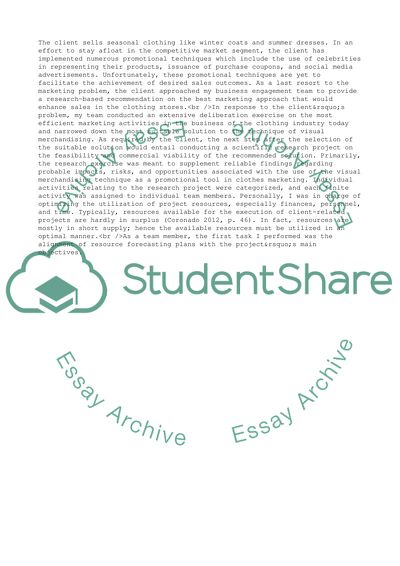Cite this document
(Enterprise Project Coursework Example | Topics and Well Written Essays - 1500 words, n.d.)
Enterprise Project Coursework Example | Topics and Well Written Essays - 1500 words. https://studentshare.org/business/1868982-enterprise-project
Enterprise Project Coursework Example | Topics and Well Written Essays - 1500 words. https://studentshare.org/business/1868982-enterprise-project
(Enterprise Project Coursework Example | Topics and Well Written Essays - 1500 Words)
Enterprise Project Coursework Example | Topics and Well Written Essays - 1500 Words. https://studentshare.org/business/1868982-enterprise-project.
Enterprise Project Coursework Example | Topics and Well Written Essays - 1500 Words. https://studentshare.org/business/1868982-enterprise-project.
“Enterprise Project Coursework Example | Topics and Well Written Essays - 1500 Words”. https://studentshare.org/business/1868982-enterprise-project.


